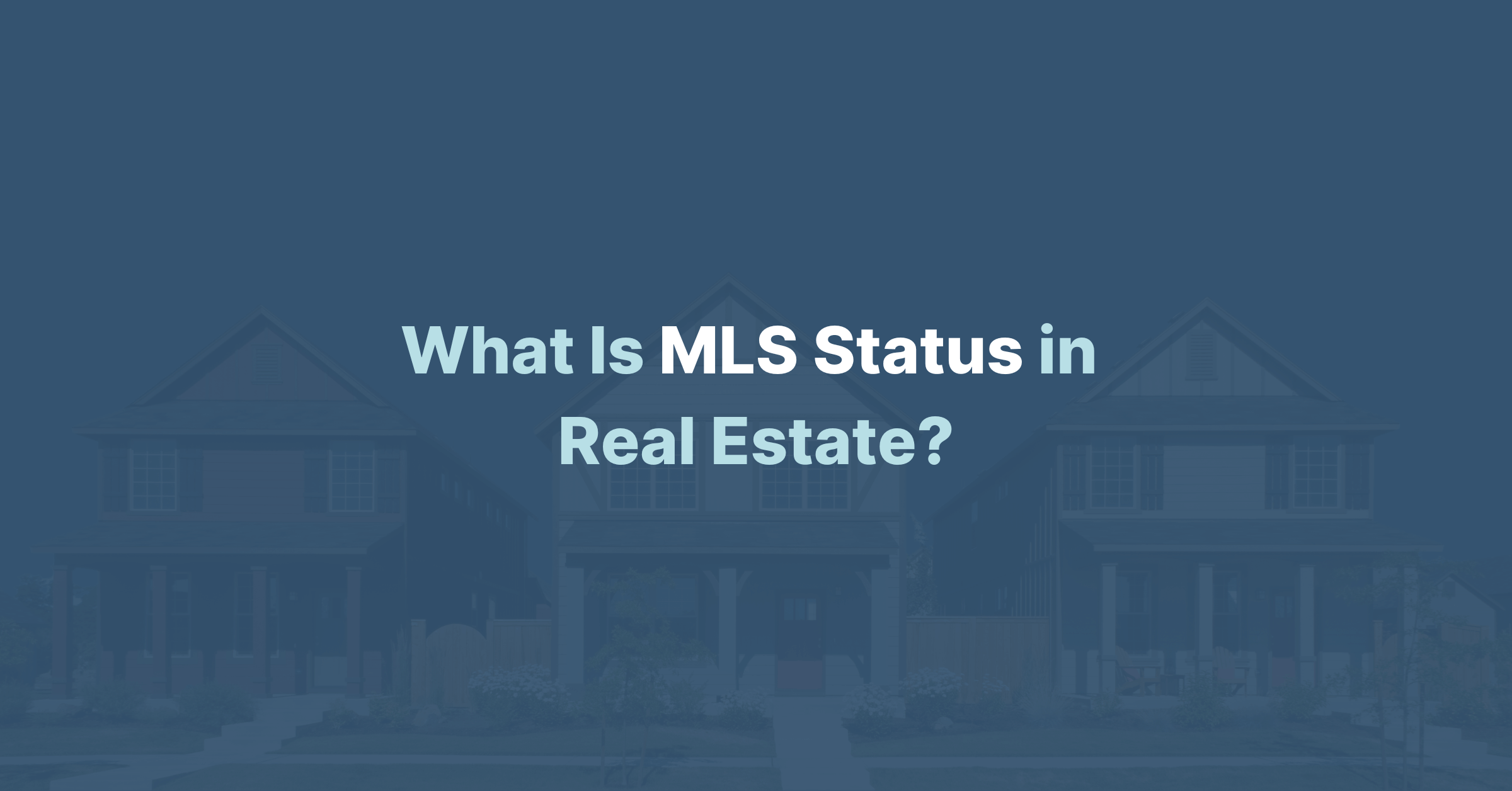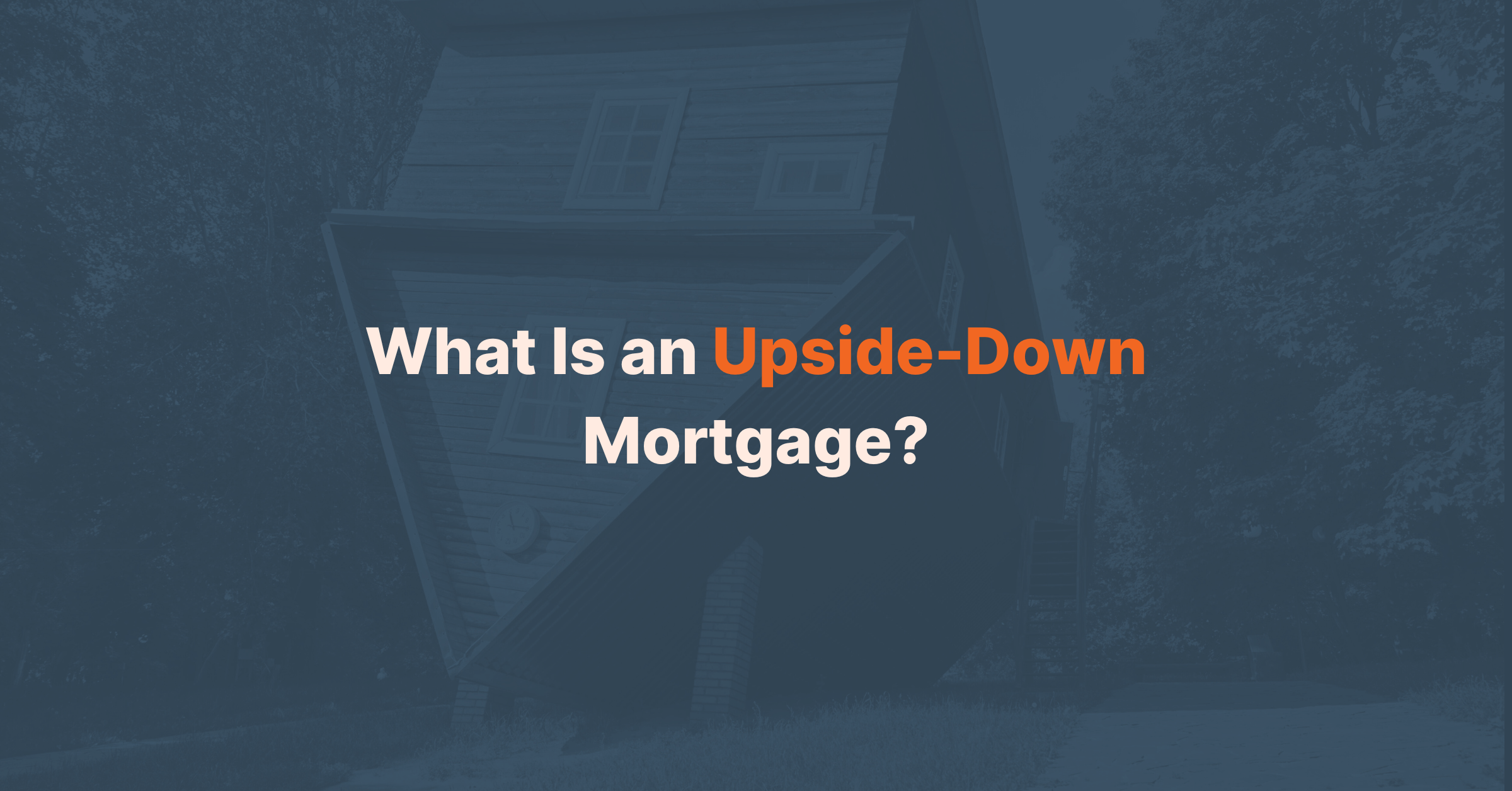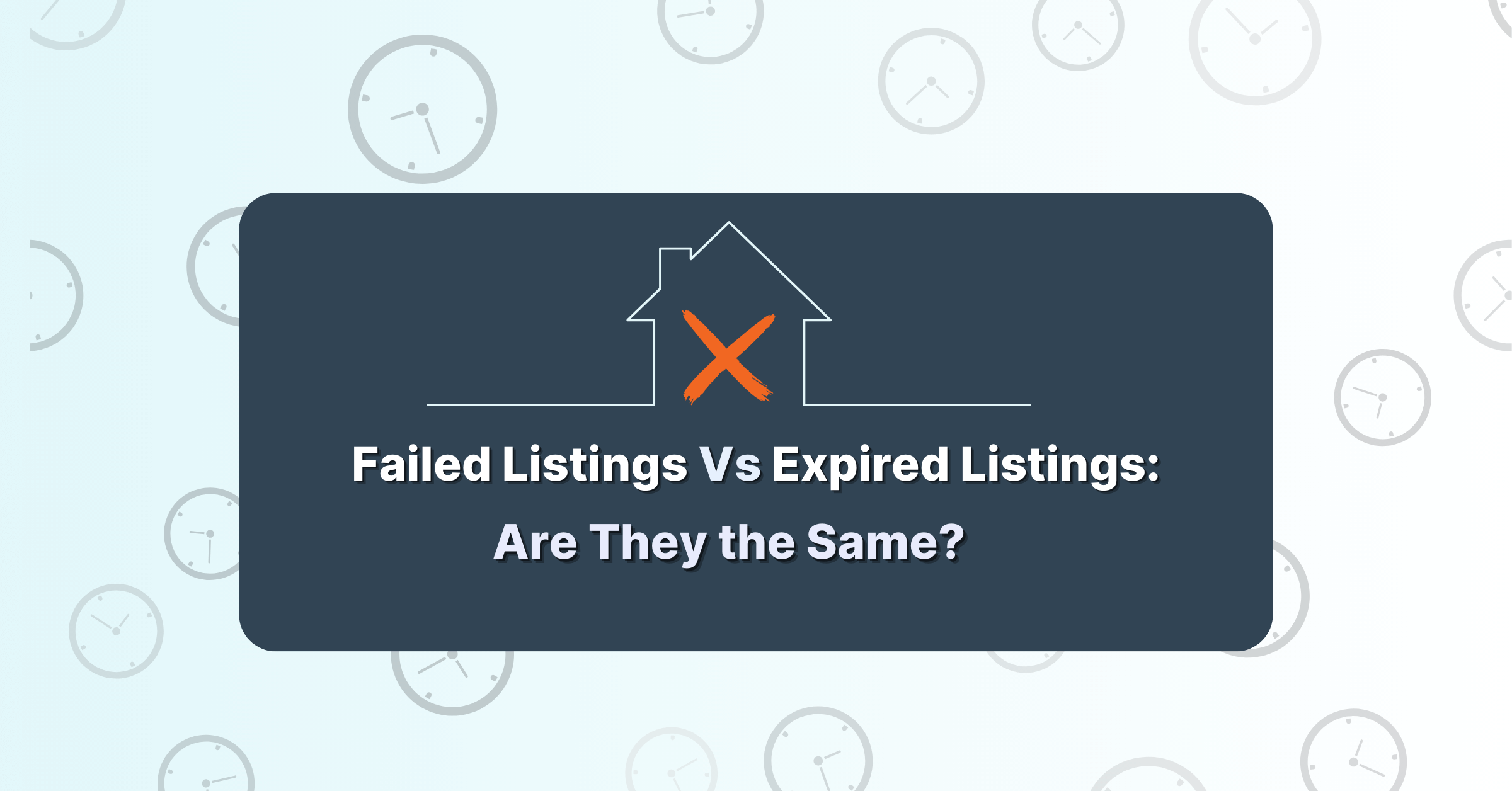Disclaimer: PropStream does not offer investing advice and/or profit promises. This article is for educational purposes only. We recommend doing your due diligence and/or consulting financial professionals before investing in a fix-and-flip or renovation project.
|
Key Takeaways:
|
Imagine you buy a distressed property needing serious repairs. How do you gauge its return potential? Three words: after-repair value or ARV.
ARV can help homeowners, investors, and real estate agents quickly determine whether a fixer-upper is worth the investment. Read on to learn how to calculate ARV, when to use it, and its potential limits.
Table of Contents |
What Is After-Repair Value (ARV), and Why Is It Important?
After-repair value (ARV) is the estimated value of a property after it’s been renovated or improved (as opposed to its current value).
Knowing a property’s ARV can help:
- Home flippers gauge potential returns and determine viable exit strategies.
- Investors secure financing from hard money lenders.
- Homeowners make strategic renovation decisions based on what will yield the highest potential ROI.
How to Calculate ARV
ARV is the sum of a property’s current value and the value of planned renovations:
-1.png?width=1252&height=834&name=screenshot%20avm%202%20(15)-1.png)
For example, a property with a current value of $200,000 that requires an estimated $100,000 in repairs would have an ARV of $300,000 ($200,000 + $100,000).
However, determining the current property value and renovation value is more involved.
Calculating Current Property Value
To calculate current property value, run a comparable (aka comp) study.
First, identify 3-6 similar nearby properties sold within the last 3-6 months. Look for properties most similar to the subject property in terms of property age, condition, size, location, type, etc.
From there, note each property's most recent sales prices and adjust them for any variations. For example, if a comp has one less bathroom than the subject property, you may want to adjust its sale price downward.
Next, average the adjusted sales prices by adding them and dividing the sum by the number of comps. For example, comps with adjusted sales prices of $380,000, $370,000, and $410,000 would have an average sales price of about $386,000.
That means the subject property’s current value would be about $386,000.
To be more precise, you can also calculate your comps’ average sales price per square foot and apply that metric to your subject property. For example, assume the total square footage of the three comps is 7,000 square feet (SF). Dividing their combined value of $1,160,000 by 7,000 equals a price of about $165/SF.
Assuming the subject property is 2,200 SF, its current value would be $363,000.
| If this sounds like a long and complex process, PropStream It instead! With PropStream, you can run comps on any subject property, using filters to create the most precise or broad estimate. PropStream will calculate a number for you, saving valuable time and brain power. Learn more about comping with PropStream. |
Calculating Renovation Value
To calculate renovation value, add up the estimated costs of any planned repairs or improvements, whether structural or cosmetic.
This may require calling different contractors to get quotes on various renovation projects. Get multiple bids to ensure you get the best deal. Ask for itemized lists of each repair to better understand the cost of labor vs. materials.
| Pro tip: Get a quick estimate of renovation costs with PropStream’s Rehab Calculator. |
Finally, don’t forget to account for holding costs during the renovation period, such as utilities, property taxes, and home insurance.
Once you’ve estimated the property’s current value and the value of renovations, add them together to arrive at an ARV.
Note: While the cost of repairs doesn’t necessarily equal the value of those improvements to a buyer, they’re still a good way to estimate renovation value
How Real Estate Investors Can Use ARV
Now that you know how to calculate ARV, here are a few ways investors can use it:
To determine project viability. Many investors follow the “70% rule” to quickly gauge whether a fixer-upper is worth the investment. According to this rule, the maximum purchase price must be no more than 70% of ARV minus the estimated repair costs:
-1.png?width=1252&height=834&name=screenshot%20avm%202%20(16)-1.png)
For example, if a property has an ARV of $400,000 and the estimated repair cost is $50,000, you should pay no more than $230,000 for it ($400,000 x 0.7 - $50,000). This helps ensure there is enough profit margin for the investment to be worthwhile.
To secure financing for a fix-and-flip. Many traditional lenders won’t finance fix-and-flips due to increased risk and complexity. However, many hard money lenders will because they evaluate whether to fund a project based on ARV more than creditworthiness.
How Real Estate Agents Can Use ARV
Real estate agents can use ARV in the following ways:
To help clients evaluate properties. Agents can include ARVs in their comparative market analysis (CMA) to help clients decide whether or not to purchase a home.
To recommend profitable renovations. For example, according to the 2024 Cost vs. Value Report, renovation projects with the highest ROI include garage door replacements (194% ROI), steel door replacements (188% ROI), and manufactured stone veneers (153% ROI). By educating clients on which renovations have the highest potential return, agents can improve the quality of their service.
To price renovated properties. When listing a renovated property for sale, agents can use ARV to determine an appropriate asking price to attract buyers.
Potential Limits of ARV
That said, ARV is still just an estimate. A property’s actual ARV will be known after the renovations are complete and the property is back on the market.
For example, housing market fluctuations, underestimated renovation costs, and inaccurate comps can all lead to poor ARV estimates.
To increase the accuracy of your ARV, consider consulting reputable real estate professionals in your market.
Use PropStream to Determine ARV
Unsure where to start? Let PropStream help. With our database of over 155 million properties nationwide, you can run comps for nearly any U.S. home.
Plus, our Rehab Calculator makes it easy to estimate renovation costs so you can arrive at an initial ARV in no time!
Try PropStream for 7 Days Free
Sign up for a free 7-day trial today and get 50 leads on us!
Frequently Asked Questions (FAQs)
What does ARV mean in real estate?
ARV in real estate stands for “after-repair value.” It refers to a property’s value after planned upgrades or renovations are completed.
Do I need to hire a professional to calculate ARV?
While hiring a licensed appraiser is an option for calculating ARV, it’s not mandatory. You can estimate ARV yourself by using tools like PropStream’s comp features and Rehab Calculator.
How do you calculate ARV?
ARV is calculated by summing a property’s current value and the value of planned renovations. This typically involves comp analysis and getting repair quotes.
What is the 70% rule in real estate investing?
The 70% rule is a guideline that suggests investors pay no more than 70% of ARV minus estimated repair costs on a property. This helps ensure there’s enough profit margin to make the investment worthwhile. However, it’s important to remember that it’s just a rule of thumb and may need to be adjusted on a case-by-case basis.
What factors affect ARV?
ARV can be impacted by fluctuating housing markets, unforeseen renovation costs, and the use of inaccurate or outdated comps.
What is the difference between ARV and market value?
Market value is the current worth of a property in its existing condition, while ARV refers to the property’s projected value after repairs or renovations are completed.
Subscribe to PropStream's Newsletter



